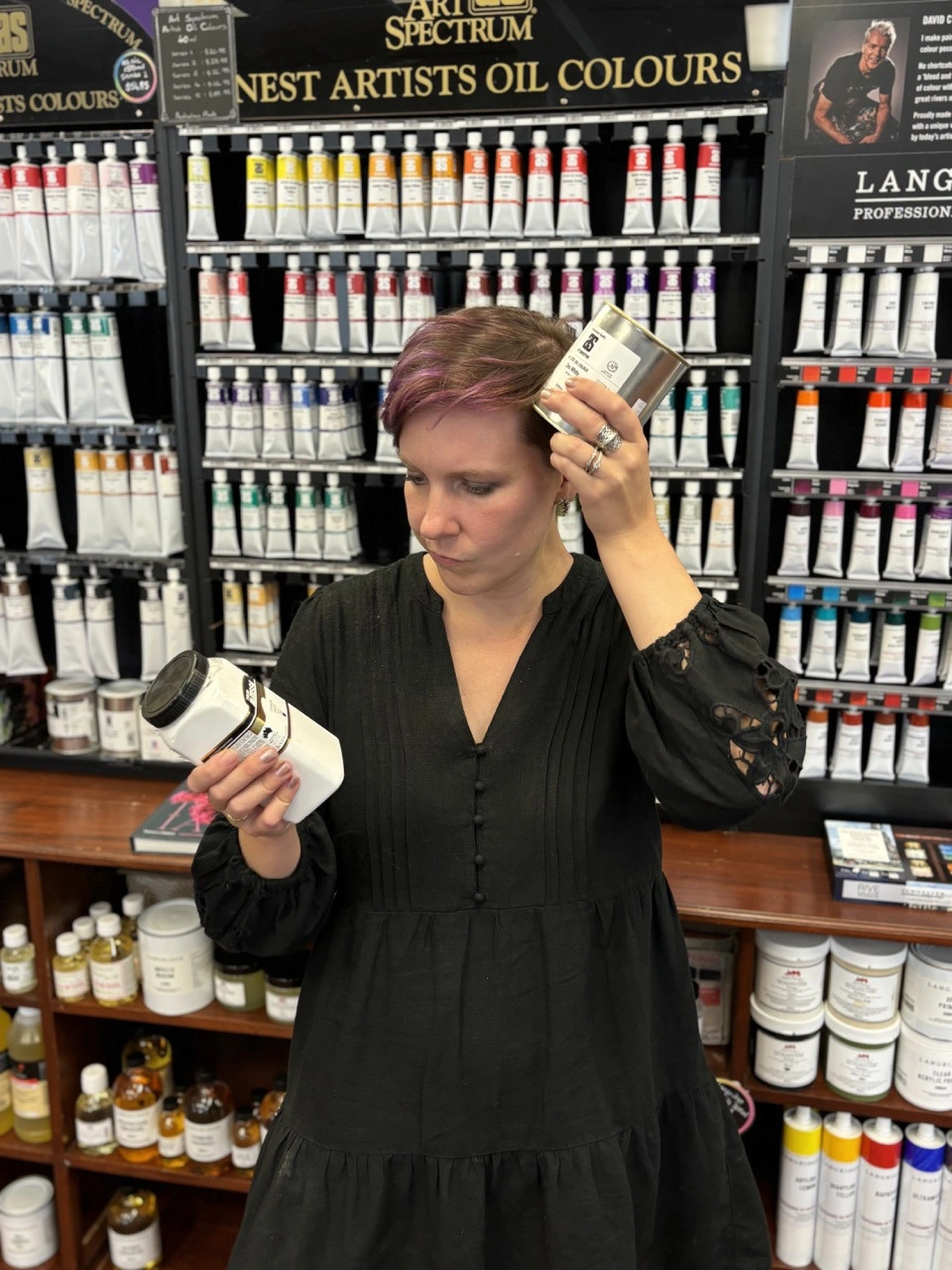
In the vast realm of artistic expression, the choice of paint medium plays a crucial role in defining the outcome of a masterpiece. Among the various options available to artists, oil and acrylic paints stand out prominently, each offering unique characteristics and techniques. One common question that often arises is the compatibility between these two mediums: Can you use oil paint over acrylic paint, or vice versa?
Let’s delve into the dynamics of these two paint types to understand why oil paint can be applied over acrylic, while the reverse is not recommended.
The Chemistry Behind the Colours
Acrylic and oil paints differ significantly in their chemical composition and drying properties. Acrylic paints are water-based, composed of pigments suspended in an acrylic polymer emulsion. When exposed to air, water evaporates, leaving behind a durable and flexible acrylic film.
On the other hand, oil paints consist of pigments suspended in linseed oil or another drying oil. They dry through oxidation, a slow process where the oil molecules react with oxygen in the air, forming a tough, resilient film.
Drying Time and Flexibility
One of the key factors influencing the compatibility of oil and acrylic paints is their drying time. Acrylic paints dry relatively quickly, often within minutes to hours, depending on factors like thickness and environmental conditions. Once dried, acrylic forms a rigid, plastic-like layer.
Oil paints, in contrast, have a much longer drying time, typically taking days to weeks (or months here in Tassie!) to fully cure. During this period, the paint remains malleable and can be reworked or blended with ease.
Adhesion and Stability
When it comes to layering paints, adhesion is paramount. Acrylic paints create a stable and adhesive surface, making them suitable as a base layer for subsequent layers of paint. Oil paint adheres well to acrylic surfaces because it can bond with the acrylic film formed upon drying.
However, attempting to apply acrylic paint over oil paint poses challenges. Acrylics, being water-based, have difficulty adhering to the oily surface of dried oil paint. Moreover, the flexible nature of acrylic paint can cause it to crack or peel when applied over the rigid surface of dried oil paint.
Conclusion
In summary, while it is possible to use oil paint over acrylic paint, it is not recommended to apply acrylic paint over oil paint, due to adhesion and flexibility issues. Acrylic paints provide a stable base for subsequent layers, including oil paints, thanks to their quick drying and adhesive properties. Understanding the compatibility between these two mediums empowers artists to explore a myriad of techniques while creating captivating works of art.
Whether you prefer the versatility of acrylics or the timeless allure of oils, knowing how to leverage their unique characteristics opens up endless possibilities for artistic expression. So, grab your brushes, unleash your creativity, and let the colours flow freely on your canvas!

